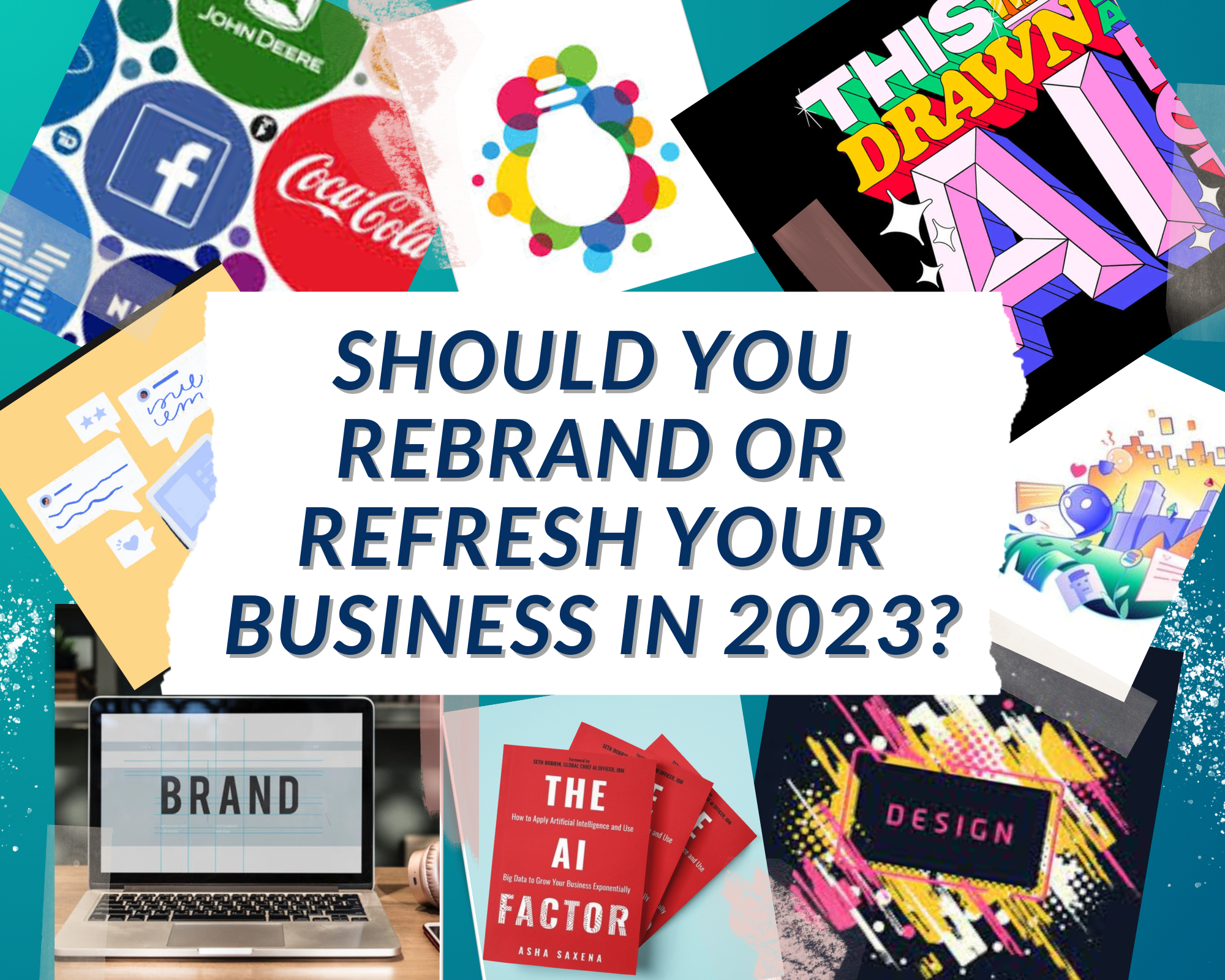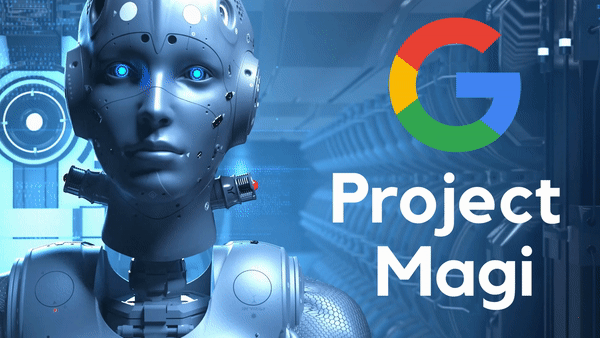Not too long ago, people associated Artificial Intelligence with ‘I-Robot”-Esque post-apocalyptic future or automation ridding humans of once manual professions.

We’re here to say that both scenarios are far-fetched and instead, AI will completely change how you consume content and interact with audiences – for the better of course.
AI’s advent into digital marketing is rather recent but is already making waves with how it changes how companies normally engage with consumers. Let’s dive into how Artificial Intelligence and its Machine Learning Capabilities are shaking up digital marketing.
Table of Contents
- What’s The Rage Against The Machine(s)?
- Chatbots
- Target Marketing
- AI-Driven Content Marketing
- AI Email Marketing
- Automatic Ad Bidding Systems
- Are Robots The New Rembrandts?
- To Wrap It Up
What’s the rage against the machine(s)?
Actually, there is little opposition towards our new robot overlords AI from digital marketing professionals. In fact, there’s a lot of optimism and excitement about the technological advancements it will introduce to the industry. With AI, customer acquisition, leads, and conversions now require less effort and its efficiency produces more results.
Research shows that investing in AI is money well spent. According to Statista, the market value of AI in digital marketing is expected to skyrocket from $20.82 billion in 2022 to $107.54 billion by 2028.
Market value of artificial intelligence (AI) in marketing worldwide from 2020 to 2028 (in billion U.S. dollars)
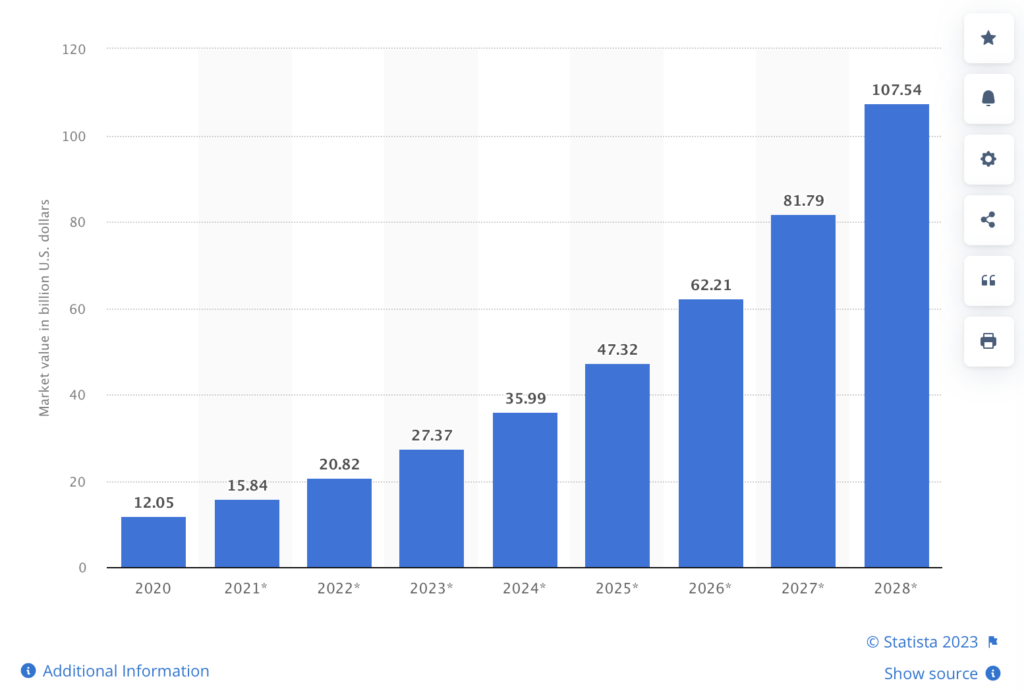
Source: Statista
Impressive, right? I, for one, welcome our robot overlords technologically advanced assistants.
Chatbots
The earliest example of Artificial Intelligence intersecting with customer service is Chatbots. Chatbots are software or computer programs that process and stimulate conversation with humans through text or voice interactions. While chatbots may seem out of place since it’s not a direct digital marketing channel, excellent customer service is synonymous with effective marketing. Using chatbots can help ease customers through the marketing funnel, especially in the consideration and conversion stages.
On that note, chatbots’ are more versatile than just addressing customer questions and concerns. Chatbots can now be used to place delivery orders. Take Domino’s AI assistant Dom for example.
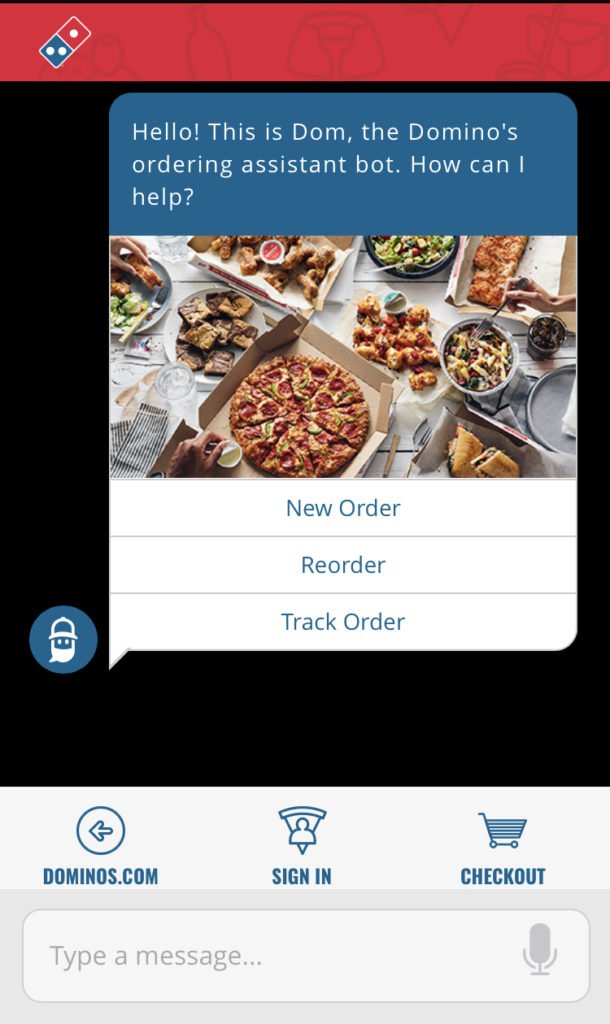
Also, while not used in lieu of trained and certified medical professionals, chatbots are growing in popularity in the healthcare industry. Mental health care has taken precedence in today’s society, and various apps reflect that. Youper acts as the first point of contact and allows users to document their emotional needs. Youper will then recommend human-based healthcare intervention.
Target Marketing

Target marketing essentially channels company marketing efforts into a specific group or audience. Before that, marketing usually consisted of casting a wide net to gain exposure and potential consumers. Target marketing has since introduced nuances that segment groups by gender, age, location, occupation, and other equally important variables. That kind of information can take a while to compile manually. Since we have been graced by analytical software, humans can finally kick their feet up and allow AI to derive that same behavioral information through various channels and platforms. That information is then used to create customized ads which machine learning algorithms can then optimize.
AI-Driven Content Marketing
Content marketing is an indispensable tool in digital marketing. Consistent quality and effort in creating relevant content are essential in forging customer relationships. Personalization is also a key component and with AI, it’s now a breeze. AI can now better understand its target audiences by gathering and analyzing data to create customer profiles. Segmentation of this data results in customized recommendations and messages that resonate with your audience.
Speaking of which, AI is slowly making its mark in copywriting. Software known as NGL or “Natural Language Generation” is extremely versatile and can create news articles, social media posts, emails, blogs, chatbots, voice assistants, and more by taking data and numbers and converting them to text and speech.
AI Email Marketing
Read our previous entry on Email Marketing here
With AI introduced into Email Marketing, most of the guesswork that goes into segmentation, personalization, crafting subject lines that entice readers, and the times and frequency in which emails are sent are now a thing of the past. AI in Email marketing presents other benefits as well. Automated email marketing boosts efficiency while decreasing costs. Revenue may see growth along with open and click rates.
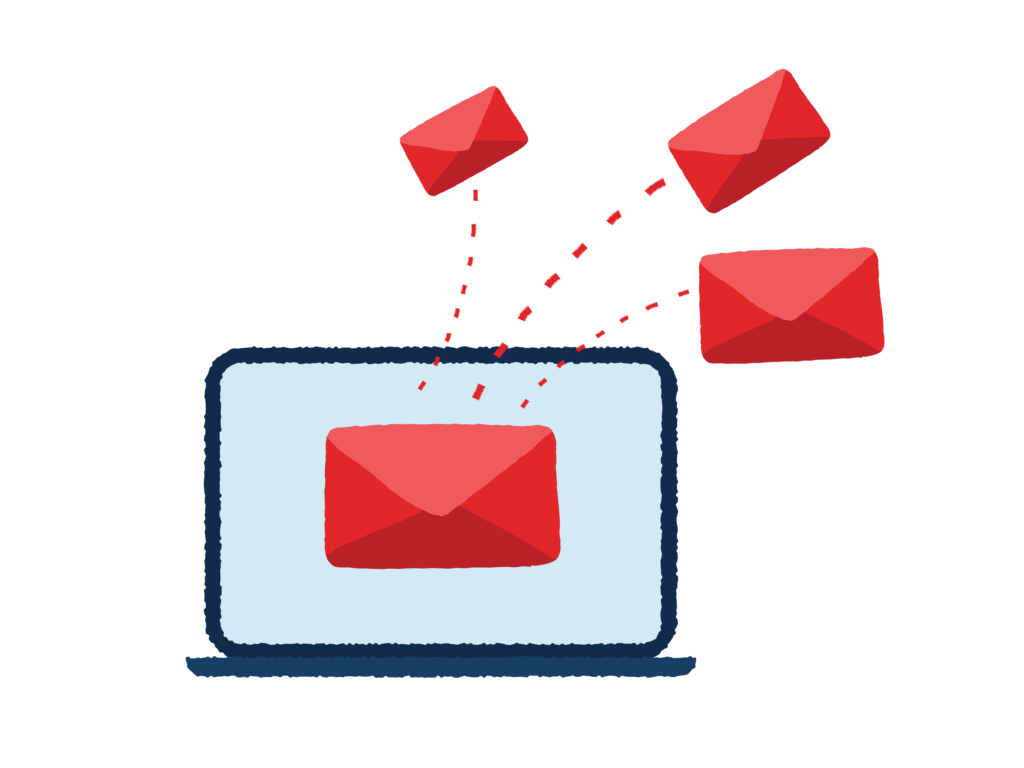
Automatic Ad Bidding Systems
Google Ads allow advertisers to take the back seat and select Automatic Bidding as a means of efficiently allocating budgets and optimizing ad campaigns. Once your campaign objective is selected, the machine learning capabilities of AI are then galvanized to determine which ad spaces on SERFs (Search Engine Result Pages), social media platforms, or blogs will yield the most clicks or conversions.
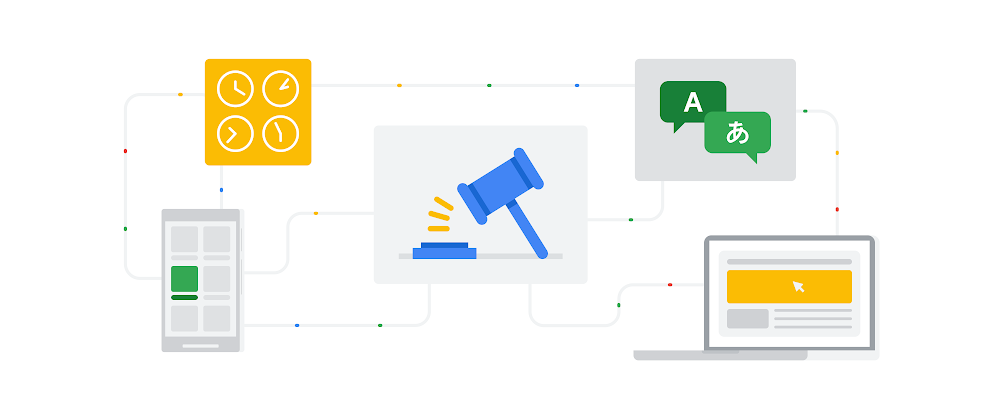
This process is also known as Smart Biddings on Google and utilizes different variables to generate informed bids in PPC (Pay Per Click) format such as the quality and relevancy of an ad, location, time and day, devices, browsers, and even operating systems. Google Ad’s AI will then use the information gathered from previous campaigns and apply it to strategize for future biddings.
Are robots the new Rembrandts?
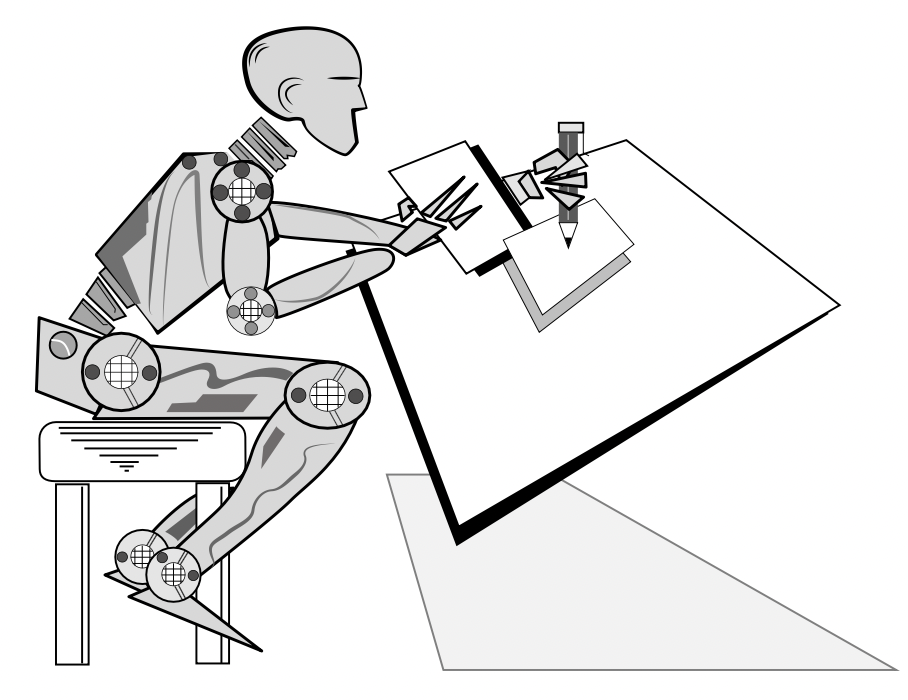
No, not really. Programs like Dall-E-Mini and Lensa give humans the unprecedented ability to create computer-generated images in a matter of seconds, mostly for entertainment purposes. However, AI hasn’t adopted the sentience that usually accompanies and inspires various forms of arts -yet. Nonetheless, AI is still capable of creating visual content that’s appealing enough to sell a product or service.
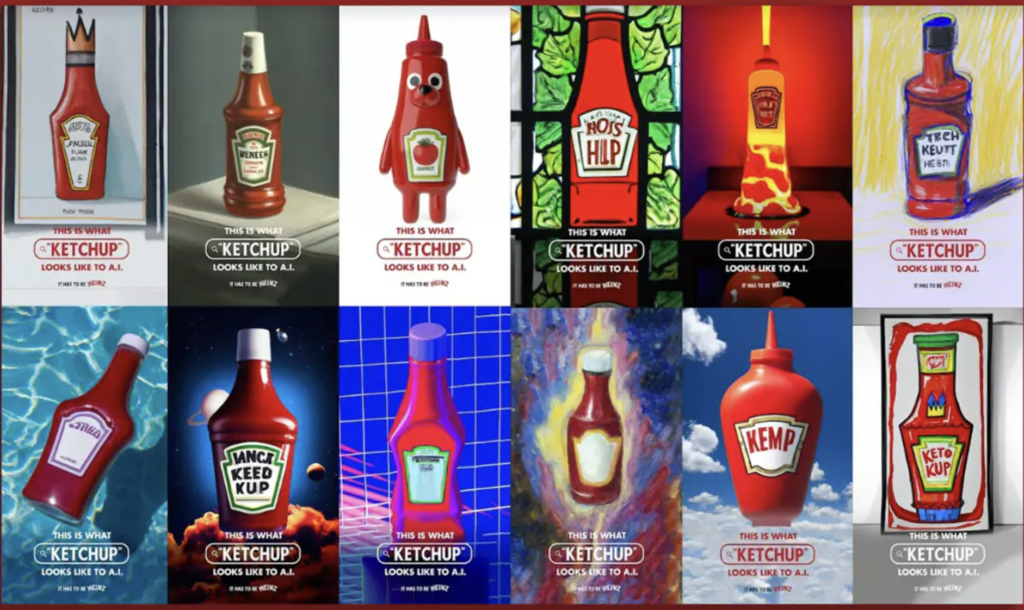
Source: Heinz
Heinz is a great example of leveraging AI artistic capabilities and flaws to promote a brand. However, speaking of the flaws:
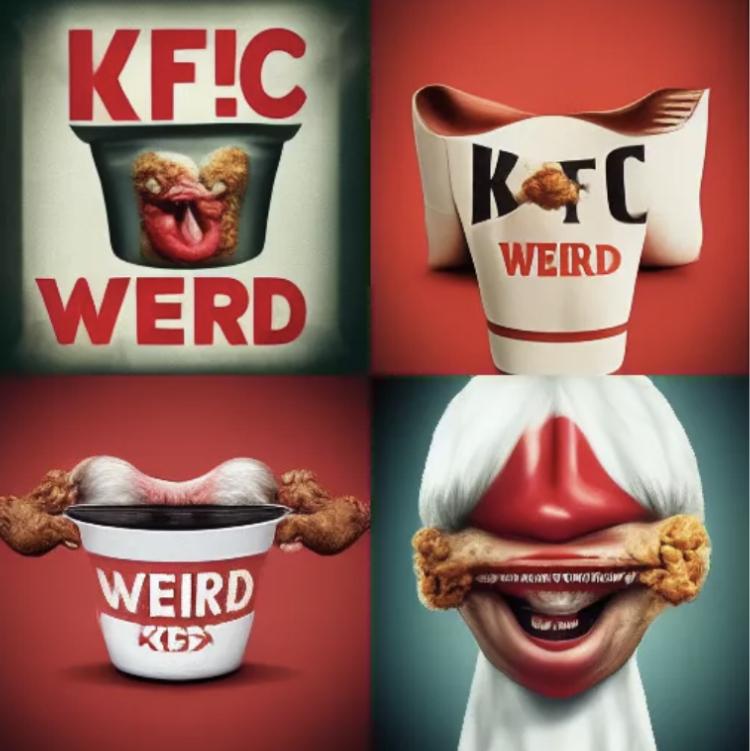
Source: 10 Days
In a perplexing and disturbing mock-up created by a London-based media agency 10 Days, it’s apparent that AI had quite a way to go before generating completely comprehensive imagery right out of the gate. For those who are Photoshop savvy, manipulating images like these is an easy fix.
AI art was still in its infant stages and showed (and still shows) promise. With time and the debut of Google Imagen, AI Art has evolved beyond our wildest dreams, producing hyperrealistic images such as these:



Before visual creatives start hyperventilating, no your careers are not in imminent danger. While AI is impressive and could certainly be useful in marketing campaigns, nothing beats the human eye or heart in the creative process.
To Wrap It Up
Some may turn their nose up at Artificial Intelligence and Automation, but technology has been essential in not only marketing brands but forging better human relationships through its efficiency and its ability to lessen the workload. With the prospects of lead generation, revenue, and -despite previous misconceptions- increased manpower needed for the growing industry, it’s safe to say that AI is here to stay.

